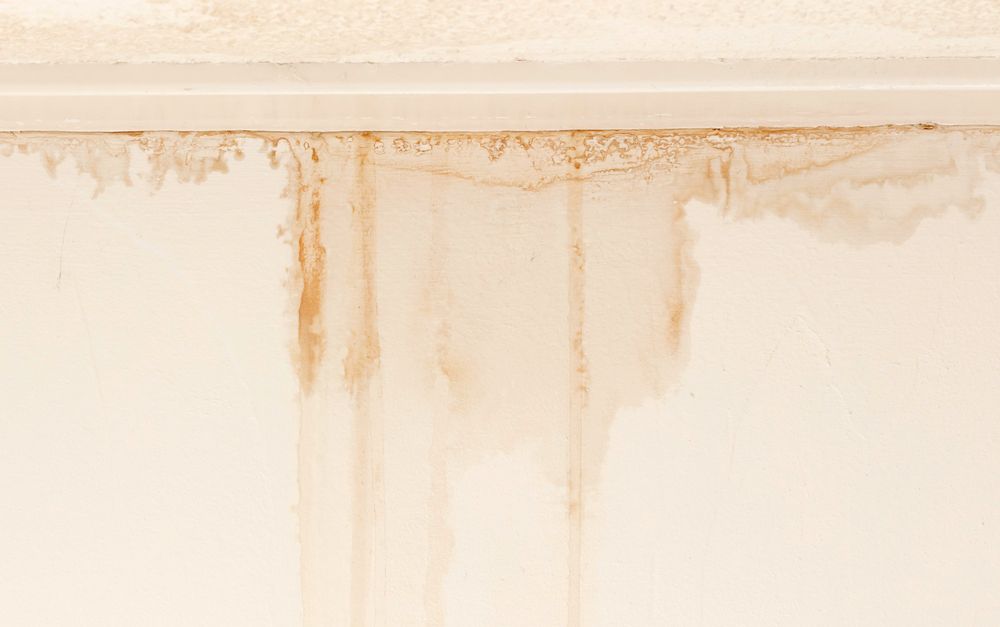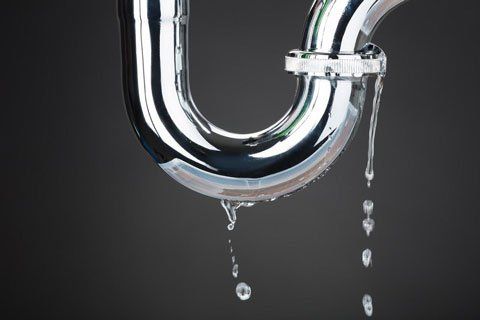Exactly how to Find and Repair Water Leaks-- A Comprehensive Overview
Exactly how to Find and Repair Water Leaks-- A Comprehensive Overview
Blog Article
The writer is making several great points on Leaking water lines overall in this great article following next.

Early discovery of leaking water lines can alleviate a possible catastrophe. Some little water leaks may not be noticeable.
1. Check Out the Water Meter
Every home has a water meter. Inspecting it is a proven way that helps you find leakages. For beginners, switch off all the water resources. Ensure no one will flush, utilize the faucet, shower, run the washing maker or dishwashing machine. From there, most likely to the meter as well as watch if it will certainly alter. Considering that nobody is using it, there ought to be no movements. That suggests a fast-moving leak if it moves. Likewise, if you identify no changes, wait a hr or more and examine back once again. This suggests you may have a slow-moving leak that could even be below ground.
2. Examine Water Usage
If you detect abrupt changes, regardless of your usage being the very same, it means that you have leakages in your plumbing system. An abrupt spike in your expense indicates a fast-moving leakage.
A steady increase every month, also with the same habits, shows you have a slow-moving leak that's likewise slowly escalating. Call a plumber to thoroughly check your property, especially if you really feel a warm location on your floor with piping beneath.
3. Do a Food Coloring Examination
When it comes to water usage, 30% comes from bathrooms. If the color in some way infiltrates your bowl during that time without flushing, there's a leakage between the storage tank and dish.
4. Asses Exterior Lines
Do not neglect to examine your outdoor water lines too. Must water leak out of the link, you have a loosened rubber gasket. One little leakage can throw away bunches of water and spike your water costs.
5. Assess the situation as well as check
Property owners need to make it a behavior to check under the sink counters and also even inside cabinets for any type of bad odor or mold and mildew growth. These 2 warnings suggest a leakage so prompt attention is needed. Doing regular examinations, even bi-annually, can save you from a significant trouble.
More importantly, if you know your home is already old, keep a watchful eye on your heating units, pipes, pipes and so on. Look for discolorations and also weakening as most pipes and also appliances have a life expectancy. They will certainly additionally naturally deteriorate as a result of deterioration. If you think dripping water lines in your plumbing system, don't wait for it to escalate. Call a specialist plumber today so you don't end up with a horrible mess in your house.
Early discovery of leaking water lines can reduce a possible disaster. Some tiny water leakages may not be visible. Examining it is a proven means that aids you uncover leaks. One tiny leak can squander heaps of water as well as surge your water costs.
If you think leaking water lines in your plumbing system, do not wait for it to escalate.
How to Know If Your Home Has a Hidden Leak
Water Meter Reveals Inexplicable Water Usage
If you’d like to test whether or not there’s a leak somewhere in your home, you can do this using your water meter. Here is how to conduct the test:
Don’t use any water in your home for at least 30 minutes; this also means not turning on faucets or water-using appliances.
Go outside, and check your water meter for activity.
If your water meter shows that there was activity, even though no one was using any water, this proves that there is a leak in your home.Visible Mold or Mildew Growth
Leaks behind walls create moist, dark environments that allow mold and mildew to grow and thrive. Eventually, you might see mold growth forming on the wall closest to a hidden leak.
If mold is growing in an area that receives a high amount of moisture, such as a bathroom, it may simply be an indication that better ventilation is needed. However, if you see mold growth on a wall or the ceiling in an area where you would not expect, you probably have a hidden leak.
Musty, Mildew Odor
Sometimes you might not be able to see the mold or mildew that is growing as a result of a leak. However, the smell can give the problem away just as easily. If you catch a whiff of something musty, there’s a good chance that old water is collecting somewhere in your home that you can’t see.
Stained/Warped Walls, Ceilings, or Floors
When your home soaks up water, a variety of red flags can become visible, including ceiling stains, bubbling drywall, warped walls, and sagging floors. While these issues can be caused by excess humidity, they can also be signs that a pipe or plumbing connection has started leaking behind your walls.
Inexplicably High Water Bill
After a while, you get a general sense for what your water bill should be. If you own a pool or sprinkler system, your bill will tend to be higher during summer. However, if you receive a water bill that seems especially high, and you can’t figure out what caused it, then you may have a hidden leak somewhere that’s increasing your bill.
https://www.plumbingjoint.com/blog/2019/july/how-to-know-if-your-home-has-a-hidden-leak/

I was shown that write-up about Hacks to detect leaks through a good friend on our other site. You should set aside a second to share this post if you liked it. Thanks a lot for your time invested reading it.
Report this page